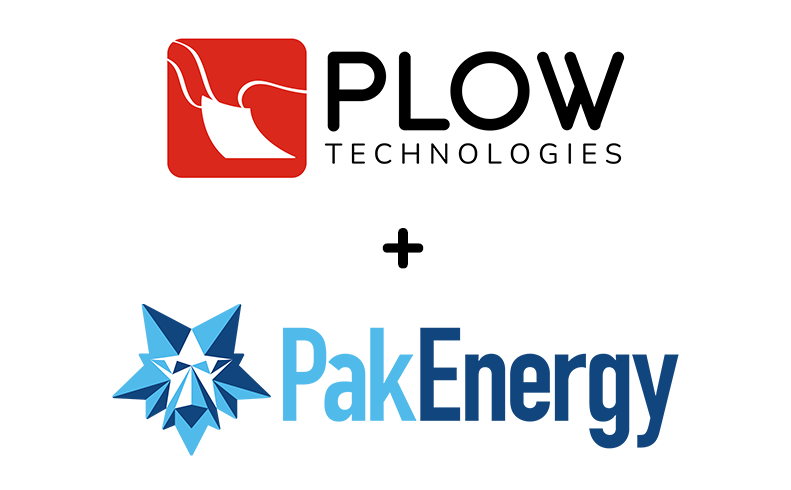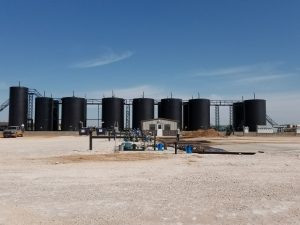Mean Time Between Failure Calculator
Failure Probability Calculator Adjust the slide-parameters below to see how MTBF, time frame, and number of units affect the failure...

Plow Technologies Combines With PakEnergy
The team here at Plow Technologies and OnPing is excited to announce we are joining the Pak Energy family. You can read the press release...
Double Eagle Energy
Josh W.
Production
‘After working with Plow, we can see easily access granular data we need like, “Is the tank running? What’s our tank level?” I like having direct control of our systems. No more waiting around. Plow’s Support team is awesome!’

Industries
- Upstream Oil & Gas
- Midstream Oil & Gas
- SWD and Water Transportation
- Renewable Energy
- Water and Wastewater
- Manufacturing
- Food & Beverage
- Facilities Management

We are a leader in oil and gas production well site automation with over a decade in the oil field. Our skilled team of automation technicians can create a custom system tailored to your specific needs regardless of scale. We can engineer solutions to make even the most complex challenges manageable.

The mid-stream business is full of unique challenges with a massive range of complexity and scale. Plow has extensive experience handling all sides of the oil and gas midstream industry from automating and monitoring sales meters and tank batteries all the way to complete system design for newly constructed or retrofitted separator plants and compressor stations.

Tight margins and constant fluctuations in oil and gas economics make efficiency an absolute necessity. Plow Technologies has extensive experience building advanced SWD Automation and Alarm systems to maximize site efficiency and safety. There is no better SCADA system for SWD applications than a Plow customized saltwater disposal package powered by our proprietary OnPing software-as-a-service.

We have expertise in construction systems able to talk to the ever changing array of equipment relevant to renewable energy. Our team of engineers, technicians, programmers and customer service specialists is available to help augment your team with valuable expertise and insights.

Plow is expert at designing very advanced, affordable solutions for water and wastewater treatment systems of every size. From small irritations to complete system builds, Plow has done it all and with a great track record of success.

We can create customized, turnkey solutions for a wide range of Industrial/Manufacturing applications. Bridging the gap between digital systems, bringing machine data and control to team members that need it, automating complex regulatory reporting or measuring the usefulness of expensive equipment, we want to know your challenges and help you solve them.

Comprehensive digital transformation of Food and Beverage plants can result in massive improvements in all areas of an enterprise. We can design systems that fully take advantage of existing strengths while bringing in unified structures to give each department the information they need in the format they need it. Precise and formatted reporting, Equipment usage metrics and anomaly detection, batch control and articulate alarming can help to maximize uptime, improve accuracy and get the most from your facility and staff.

Measuring the usage, understanding equipment run times and forecasting maintenance and usage peaks is essential to managing a complex industrial facility. Plow can bring systems from various parts of your facility together with cohesive, easy to use and view data to help you bring the entirety of your facility into focus.
